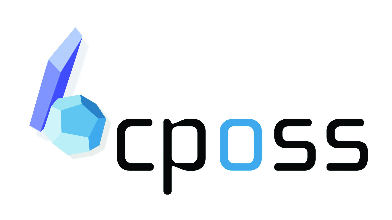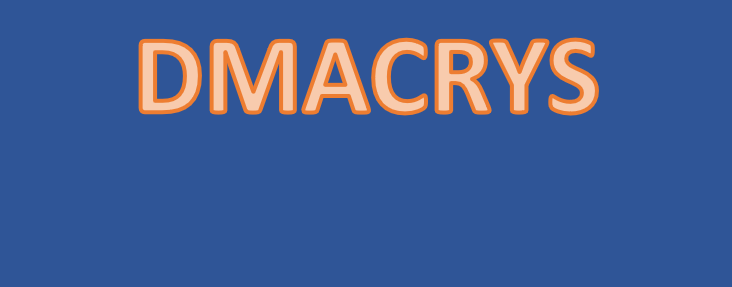




CrystalOptimizer
This is not complete. There is very little point completing it, since we will not be using it once CSO-FM is working properly.
CrystalOptimizer is a program that allows a crystal structure to be minimized with DMACRYS, but taking into consideration the molecular flexibility. It can be used for any crystal structure - those coming from a search or those that are experimentally determined.
- Description of the method
- Use of databases
- Required input files
- How to start the first run
- How to start subsequent runs
- Dealing with Z'>1
- Job manager on blackadder
Description of the method
CrystalOptimizer switches between GAUSSIAN runs, calculating the intramolecular energy penalty and multipoles for the conformation, and DMACRYS runs, evaluating the intermolecular lattice energy.
The degrees of freedom to be optimized are specified in the submission script. The first step runs GAUSSIAN with these degrees of freedom frozen at the starting values, and uses DMACRYS to generate a series of files whose names start with conopt. Following this, further GAUSSIAN and DMACRYS steps lead to lowering of the overall crystal energy. As the run continues, GAUSSIAN is not necessarily run at each point. If CrystalOptimizer evaluates a crystal whose molecular conformation is close to one from a previous step, the intramolecular energy and multipoles can be adjusted slightly from that point, saving time over running a completely new GAUSSIAN step. The
At the end of the run, there is the option to accurately evaluate the energy - this adds a small amount of time, and a better degree of accuracy to the final point. The files relating to the fully optimized crystal structure have names starting with lowest. If the run is inspected partway through, the best of the points considered so far is the set of files whose names start with lowest.
Use of databases
Starting a first run to determine torsion angles and set up the database
Starting subsequent runs using the same database
Z' > 1
Update on tolerances (September 2009)
Looking at the conversion tolerances (typically 0.2) in some of the CrystOpt.input (dmaflex.input) files that you are using, it seems to that they are too tight.
The tol keyword sets the conversion for the different flexible degrees
of freedom. For bond lengths it is straight forward - e.g. tol 0.2 means
that a bond length is converged if its total gradient is less then 0.2
kJ mol-1 per Å.
This means that when if the bondlength is changed by 1 Å, the energy
changes by only 0.2 kJ mol-1.
With torsional angles it is slightly more complicated - the tolerance
is given in the units of kJ mol-1 per rad. Converting to degrees
- 0.2 / 180 * Pi = 0.00349 kJ mol-1 per degree. This means
that if the torsional angle is changed by 1 degree and its energy changes
by less then 0.0035 kJ mol-1, the torsional angle will be considered
converged. This value is exceptionally small and may lead to oscillation
(as experienced by Louise).
I typically use tol 1.14 which translates to 0.02 kJ mol-1 per degree for torsional (and bond angles). For bond lengths it also works fine (since they hardly ever change by more than a tenth of an angstrom).
*******************
To use a nice round number CHANGE the tol to 1.0 (which translates to
0.0175 kJ mol-1 deg-1) in your CrystalOptimizer
(DMAflex v2) input file.
*******************
Andrei Kazantsev, 3rd September 2009
© UCL Chemistry Department 2022. This page was last updated on 17 August, 2022. If you have any problems with this page please email the WebMaster